Along the Pamir Hwy 2 – Tajikistan # 9 – July 2014
Just as we were packing up and getting on the road to Khorog, a young girl and her brother came to invite us to visit their home just across the highway. We really wanted to move on, but how could we refuse? The mother was a delightful lady who insisted we stay for lunch. As we sat in their modest house, her three children gave us some great “I love you Mom” photos. Even grandma welcomed these strangers. The hostess was a talented knitter. Using a unique slip stitch crochet technique, she made beautiful traditional socks for sale. They are called “jurab”.
Meanwhile, mom stoked the wood-burning stove that appeared to be their only source of heat and cooking. In this treeless land, wood was precious. We had seen one man carrying a load to the village. Fresh whole-wheat pasta was made, rolled and hand cut into noodles. It was cooked in a creamy sauce that was seasoned with goat cheese (we think). It may have been a special dish the way the kids dove into it. With cooking chores done, grandma was back at work spinning wool. Dishes were taken outside to wash. Their only source of water seemed to be a small spring out behind the house.
The experience reminded us that although Tajikistan is one of the poorest countries in Central Asia and the Gorno-Badakhshan Autonomous Region, (GBAO) is the poorest in the country, these people were happy and generous. Obviously, “poverty” is often in the eyes of the beholder. We gave the kids little stuffed bears named Bertrand, the mascot of Eberspaecher, the company that manufactures our diesel-powered air and coolant heaters. Bertrand brought smiles to everyone.
A short distance down the road we spotted an interesting bridge crossing the roaring Gunt river. Of course, Swiss mountain goat Monika had to walk across and I watched from a safe distance, hoping it was stronger than it looked as it bowed under her weight. Was it really built for people, or maybe just for goats?
As we slowly dropped a little altitude, wide floodplains showed the path of winter storms. One section of the highway had been washed away by spring melt. We had seen very few foreign travelers since we left Uzbekistan, so it was a real treat to meet a Swiss couple in their Mercedes van, (now on their second transmission), two motorcycle adventure riders from Sweden and three Swiss mountain bikers all at once. We all dug our maps out to share information.
The traffic of Khorog was a shock after days on the Wakhan Corridor and the Pamir Highway. We made use of the great market to restock our supplies, including a little fresh yak meat. The internet was welcome at the American Corner and we even found a car wash and convinced the owner that we would rather do it ourselves.
Khorog is the capital of the Gorno-Badakhshan Autonomous Region. Situated 2,100 meters, (6,889 ft.), above sea level in the heart of the Pamir Mountains on the border with Afghanistan, it is a beautiful town with a clean river running down the center. Some have called it “the valley of trees” because groves of popular, alder and other deciduous varieties line the streets and walkways. With a population of 28,000, it is the center of the trekking and home-stay tourism, and not the easiest place to get to. Though there is an airport, flights are very dependent to weather coming from the capital of Dushanbe. A 14-hour 4X4 road trip is the alternative.
During our visit, and we don’t know why, half the town did not have running water. Every morning and evening, people were lining up to fill their buckets from faucets along the main street. Sometimes the water was pretty sandy. The locals dressed traditionally but we were just as likely to see girls in California tight jeans and men with the standard baseball cap. Weather permitting, slip-off sandals were the norm. Most homes have a no-shoes tradition. With trucks coming in from China, the selection of cheap everything was interesting. I guess we can see the same collection in Dollar Stores or Walmart back home.
Clean and fully stocked, our last stop was at the gas station to top up all the tanks. At $4.60 a gallon it was a bite, but when you consider the cost of getting it to Khorog, well, it was a seller’s market! We had driven this route just a few days before, but the snowcapped mountains were equally impressive from a new direction. The highway had not changed. After crossing Koitezek Pass and the eastern turn-off for the Wakhan Corridor there were good parts and horrible potholes. In places the asphalt had been pushed up into a six-inch center ridge by the overloaded Chinese trucks. Villages were few, sometimes just a couple of yurts and a repair ramp where vehicles could drive up for an underside inspection.
The treeless land had its own stark beauty and finding places to stop for the night was easy. Clear running creeks were great places to refill our water tank, one bucket at a time and wash a few clothes before crossing the border. Some crazy Swiss guys saw our camp and joined us. We are still not sure how they all slept in their little van.
Crossing the Ak-Baytal Pass at 4,655 meters, (15,272 feet), we camped near Karakul Lake and prepared for our crossing into Kyrgyzstan on top of the Kyzyl-Art Pass at 4,336 meters, (14,226 feet). It would be all downhill from the Customs & Immigration post. We still needed to get our Chinese visa in Bishkek, the capital of Kyrgyzstan, over 1,000 miles away.
- Just as we were about to leave, a young girl and her brother invited us to come to their home across the highway.
- The children gave us some great “I love you mom” photos.
- The lady was a talented artisan. Using a unique slip stitch crochet technique, she made beautiful traditional socks (called jurab) for sale.
- Monika would have loved to purchase a pair of traditional natural wool jurab but the lady had not finished them yet. So she settled for the short socks.
- She followed a hand drawn pattern.
- These tradition socks are called jurab. The artisans use a slip stitch crochet method with a very different hook than ours.
- Only when it’s really windy does she wear her scraf this way. She thought it was really funny that Monika asked if she could take a photo. They were both laughing a lot.
- Our hostess and her mother both spoke Russian and they generously invited us for lunch.
- We gave the kids some little stuffed bears named Bertrand, the mascot of Eberspaecher, ( www.eberspaecher-na.com),.
- Bertrand brought some smiles to everyone.
- The youngest was shy but had the cutest giggle.
- This little wood-burning stove seemed to be their only source of heat and cooking.
- During our visit, the women’s hands were busy and the soup was cooking on the stove.
- In this treeless land, wood was precious. We had seen one man carrying a load to the village.
- Fresh pasta was rolled and cut into noodles the old fashion way.
- We don’t know if this meal was a special treat or every day fare.
- A rich noodle soup was made with a goat cheese sauce (we think).
- Lunch was almost ready.
- It must have been one of mom’s specialties. The kids loved it.
- The youngest was full of energy.
- Grandma kept busy spinning wool for the socks her daughter was crocheting.
- The young girl shot a photo of us, her first. We only wished we spoke better Russian! There was so much to learn about these beautiful Pamiris.
- Tea and homemade flat bread finished off the meal.
- Flowers in the window showed a woman’s touch to her home.
- Was this rickety bridge made for people or just goats?
- The roaring Gunt River was not inviting.
- The blacktop made a good place to scrub a Persian carpet.
- Wide floodplains showed the path of winter storms.
- One section of the highway had been washed away by spring melt.
- We kept an eye on our Garmin GPS to see the altitude change. 4,271 m, (14,012 ft.), seems very high, but 50% of Tajikistan is over 10,000 ft.
- Can’t go to the beach? Just sit out in the sun at 14,000 ft. for a few minutes each day.
- A rare meeting of fellow travelers in the middle of the road. Six happened to be Swiss, two Scandinavians and Gary was the only American.
- It was great to exchange information with fellow travelers.
- The market-day traffic in Khorog was not a welcome sight. Time to park the truck and walk.
- Clean trucks run better. We found a car wash near town to wash off some dust.
- One of our favorite vegetable ladies even remembered us from our first visit two weeks before.
- Dress styles varied from traditional to California modern.
- Our favorite Russian brooms were tempting, but we already had a few at home. They are used instead of vacuum cleaners.
- The flood of Chinese goods was an interesting part of the open market.
- The Khorog market was flooded with cheap Chinese goods.
- T-shirts or more traditional dresses or even an American flag shirt printed upside down, oops!
- Comfortable traditional dresses had the most bizarre colors and patterns.
- We had to give this blind man a few coins for his efforts. He was terrible but hey, he was working and not begging.
- A little fresh yak meat. Really, it’s not bad pressure cooked in a stew.
- Fresh bread doesn’t keep long on the road but we had to buy one.
- These yurts were situated next to a car/truck repair ramp. Maybe there was a mechanic nearby?
- We should have stopped but we didn’t.
- The snowcapped peaks were equally impressive coming from a new direction.
- The high peaks of the Pamir mountains surrounded us.
- The Pamir Highway varied from pretty good to terrible and back to not too bad at all.
- We were tempted to follow this two track. Where would it lead?
- Overloaded Chinese trucks had pushed the asphalt into a 6” ridge down the middle of the highway.
- Looks like this yak didn’t make it across the road.
- Power poles along the Chinese border with no wires made us wonder.
- Another beautiful waterfront camp and a good place to wash a few clothes before we crossed the border into Kyrgyzstan.
- We could have easily stayed here for a couple of days but China was calling.
- These three Swiss guys were having a great time traveling is this little van. Not sure where they all slept.
- Just before we left a pretty camping spot, a gentleman presented us with this nice loaf of traditional bread. How thoughtful!
- Any running water is a perfect source for us to fill our tanks.
- We add a measured amount of chlorine to the tank to kill viruses and our dual Everpure filter system removes the chlorine, dirt and all bacteria like amoebas and giardia.
- The 4,655 m, (15,272 ft.), Akbaytal Pass was the highest on this route. There would be others over 14,000 ft., but it was all downhill from here to Bishkek, the capital of Kyrgyzstan.
- We added a Turtle Expedition logo to the sign announcing the Pass Ak-Baital at 4,655 m.



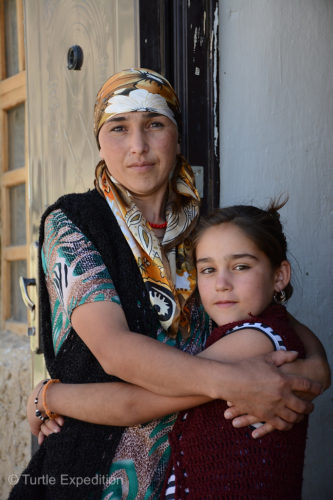
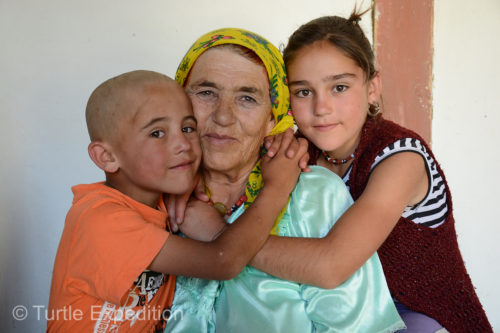
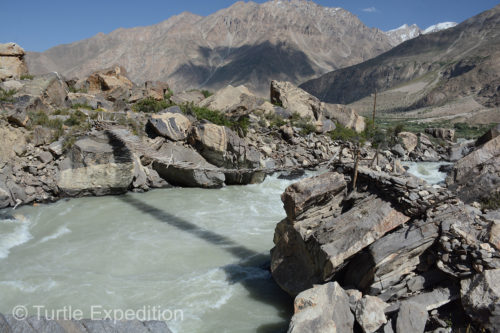
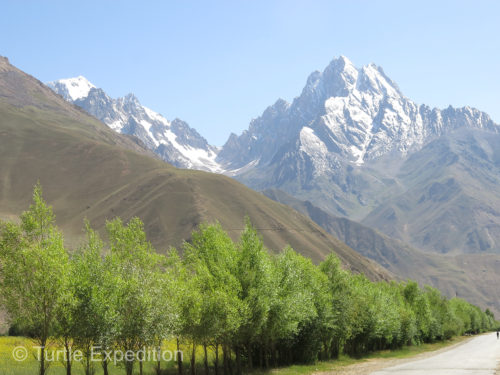
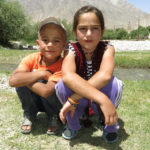
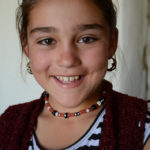
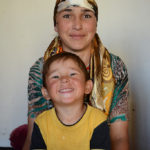
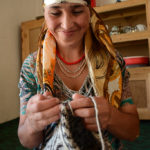
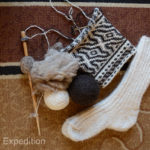
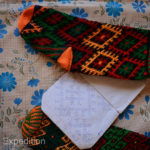
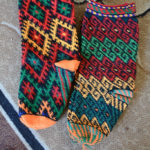
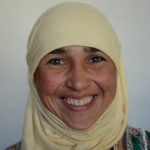
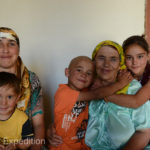
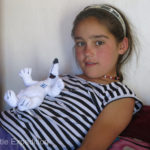
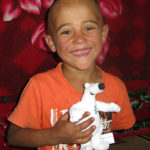
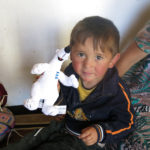
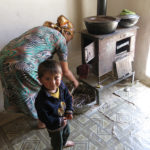
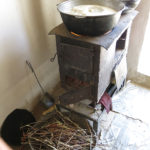
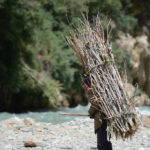
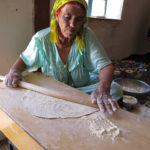
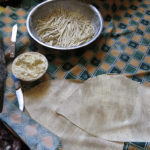
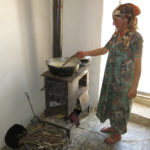
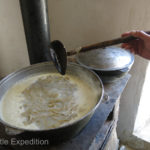
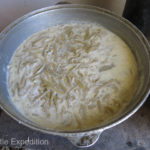
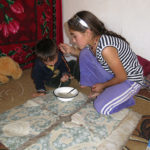
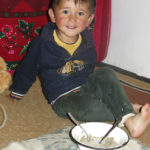
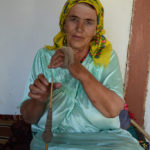
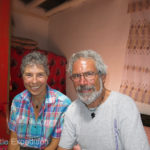
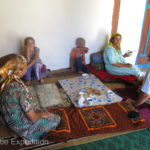
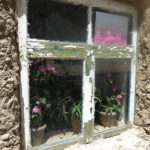
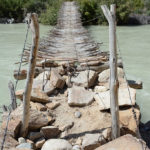
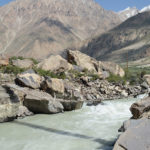
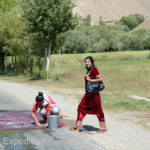
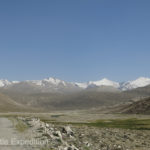
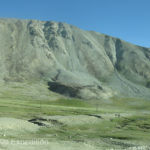
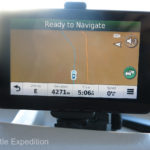
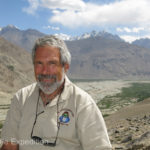
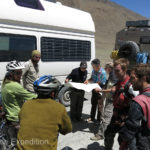
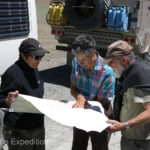
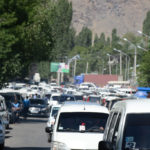
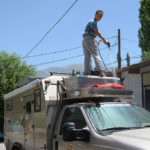
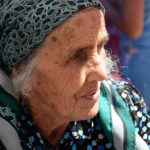
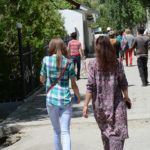
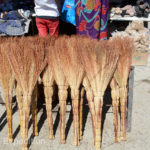
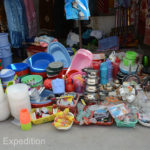
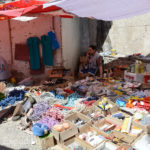
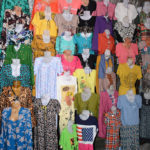
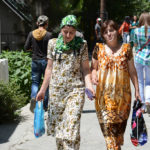
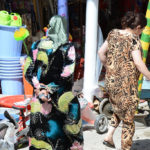
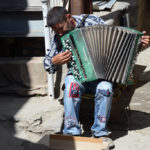
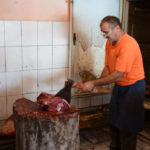
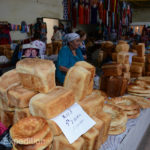
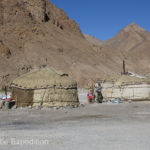
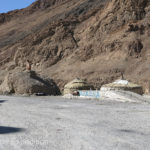
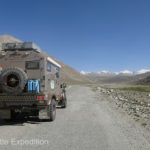
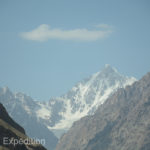
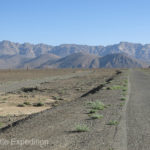
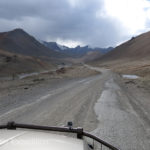
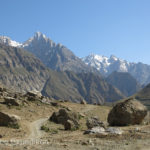
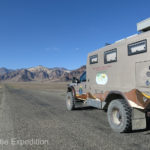
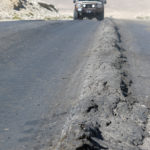
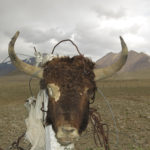
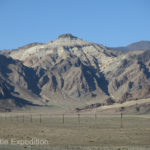
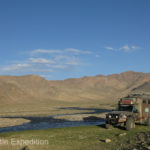
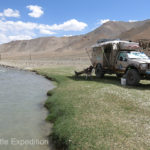
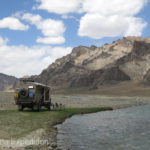
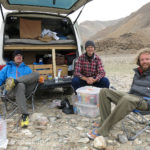
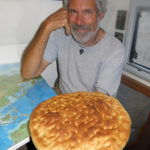
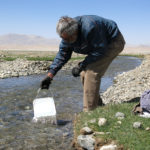
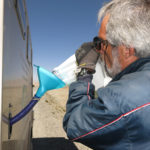
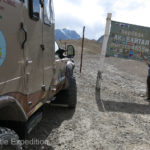
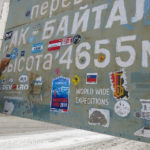





Leave a Comment